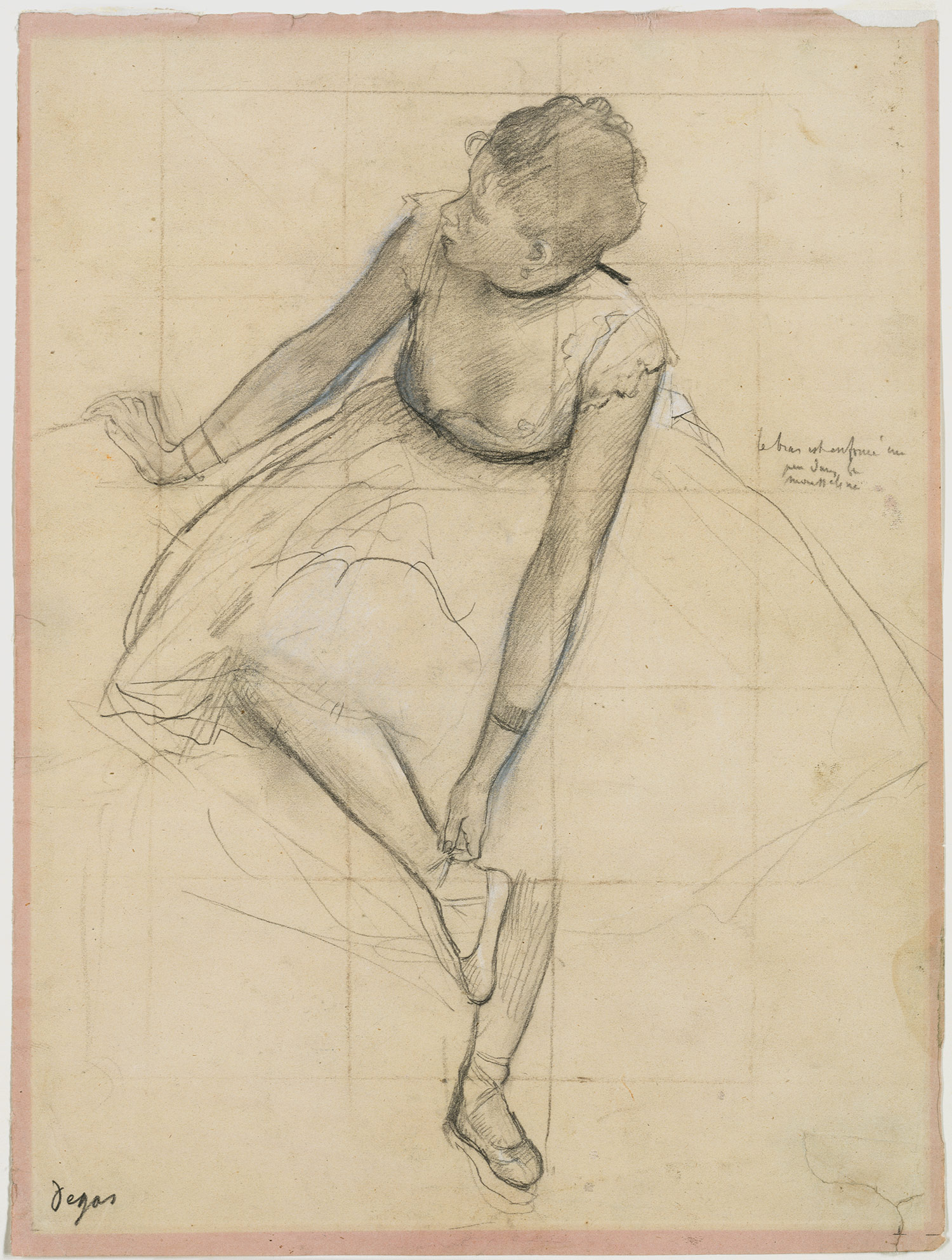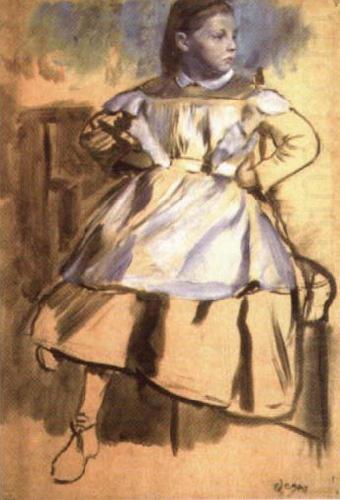Approximately 80 paintings – including landmark works of Impressionism and Post-Impressionism, as well as masterpieces from the Golden Age of Danish painting – all from the Ordrupgaard Collection in Copenhagen, Denmark, were featured in this exhibition at The Metropolitan Museum of Art. On view June 18 through September 8, 2002, Impressionist and Post-Impressionist Paintings from the Ordrupgaard Collection offered a dazzling survey of this remarkable collection, including works by Cézanne, Corot, Courbet, Degas, Delacroix, Eckersberg, Gauguin, Købke, Manet, Monet, Pissarro, Renoir, and Sisley, among others. Assembled by the Danish insurance magnate Wilhelm Hansen (1868-1936) in the early decades of the 20th century, both the collection and the country house from which it derives its name were bequeathed to the Danish State upon the death of his wife, Henny, in 1951.
Impressionist and Post-Impressionist Paintings from the Ordrupgaard Collection was organized chronologically with works by French and Danish artists exhibited separately.

Camille Corot's The Windmill (ca. 1835-40)

and Gustave Courbet's Deer Hunting in the Franche-Comte, The Ruse (1866)
were among the earliest French works included in the exhibition.
Eight works by Edgar Degas included several pastels, such as

Dancer Adjusting Her Slipper (ca. 1882)

and the pastel and gouache Study for "The Bellelli Family"(1859),
an early version of the famous canvas in the Musée d'Orsay.
From The City Review (read the whole piece, w/ images!):

"Woman with a Jug, Portrait of Mme. Manet Holding a Ewer," by Édouard Manet, oil on canvas, 61 by 54.5 centimeters, 1858-60
One of the greatest surprises of the Ordrupgaard collection is Édouard Manet's "Woman with a Jug, Portrait of Mme. Manet Holding a Ewer." This 1858-60 oil on canvas, which measures 61 by 54.5 centimeters, could easily be mistaken for a masterpiece by Pontormo, or perhaps Correggio, or even Raphael. Manet, of course, was deeply influenced by the Old Masters and his famous "Le Déjeuner sur l'herbe," painted a few years after this work, recalls a landscape by Giorgione. In his subject matter here, Manet may have been recalling a painting by Titian.
Landscapes, river views, and scenes of urban life are especially well represented in the Ordrupgaard Collection. From

Alfred Sisley's Factory on the Banks of the Seine, Bougival (1873)

to Camille Pissarro's Rue Saint-Lazare, Paris (1897),
many corners of the French countryside and capital were on view in the exhibition.
The brilliant, dappled sunshine of an early Monet,

The Chailly Road through the Forest of Fontainebleau (1865),
contrasts in terms of technique and atmospheric mood with the artist's later painting,

Waterloo Bridge, Overcast (1903).
Paul Gauguin was represented by eight works spanning nearly his entire career and most of his voyages. They ranged from the tender depiction of his daughter in Paris,

The Little Dreamer, Study of the Artist's Daughter Aline, Rue Carcel (1881)

Adam and Eve (1902),
painted in the South Pacific just a year before the artist's death.
From The City Review (read the whole piece, w/ images!):

Your Turn Will Come, My Beauty. The Blue Tree Trunks, Arles," by Paul Gauguin, 92 by 73 centimeters, 1888
Perhaps the finest work in the 84 paintings exhibited from the Ordrupgaard collection is "Your Turn Will Come, My Beauty. The Blue Tree Trunks, Arles, 1888," a sensational landscape that Gauguin painted in 1888 during his stay in Arles with Vincent Van Gogh.
Gauguin's engaging, if slightly unsettling,

Portrait of a Young Girl Vaïte (Jeanne) Goupil (1896),
who was the daughter of a French merchant in Tahiti, is the only known portrait commission ever undertaken by the artist.
The paintings in the exhibition by Danish artists of the Golden Age will refleced a different sensibility and technical virtuosity from that of the Impressionists, though the Danes were just as interested in the depiction of sunlight and other atmospheric effects.
An early work by C.W. Eckersberg,

View of the Colonnade, St. Peter's Square, Rome (1813-16),
was painted during the artist's three years of study in Italy and underscores the allure that Rome, with its classical architecture and golden sunlight, held for Eckersberg and many other artists of the era.
Nineteenth-century Danish artists were no less enamored of the landscape than the French Impressionists, as will be seen in such works as Johan Thomas Lundbye's A Meadow Near Lake Arresø (1838) and Christen Købke's View of Dosseringen, Copenhagen, Study of Willow Scrub in the Foreground, (ca. 1837). Six paintings by Vilhelm Hammershøi, including Young Woman Sewing, the Artist's Sister Anna Hammershøi (1887) and Dust Motes Dancing in the Sunlight, Interior of the Artist's Home (1900), reveal the impact that the "rediscovery" of Vermeer had on many late-19th-century artists.
Impressionist and Post-Impressionist Paintings from the Ordrupgaard Collection was accompanied by a fully illustrated catalogue, published by The Metropolitan Museum of Art and distributed by Yale University Press.
At the Metropolitan, the exhibition was organized by Gary Tinterow, Engelhard Curator of European Paintings, and Rebecca A. Rabinow, Assistant Research Curator in the Department of European Paintings.
Prior to the Metropolitan's presentation, the exhibition was on view at the Walters Art Museum in Baltimore. Afterward, it traveled to the Museum of Fine Arts, Houston.